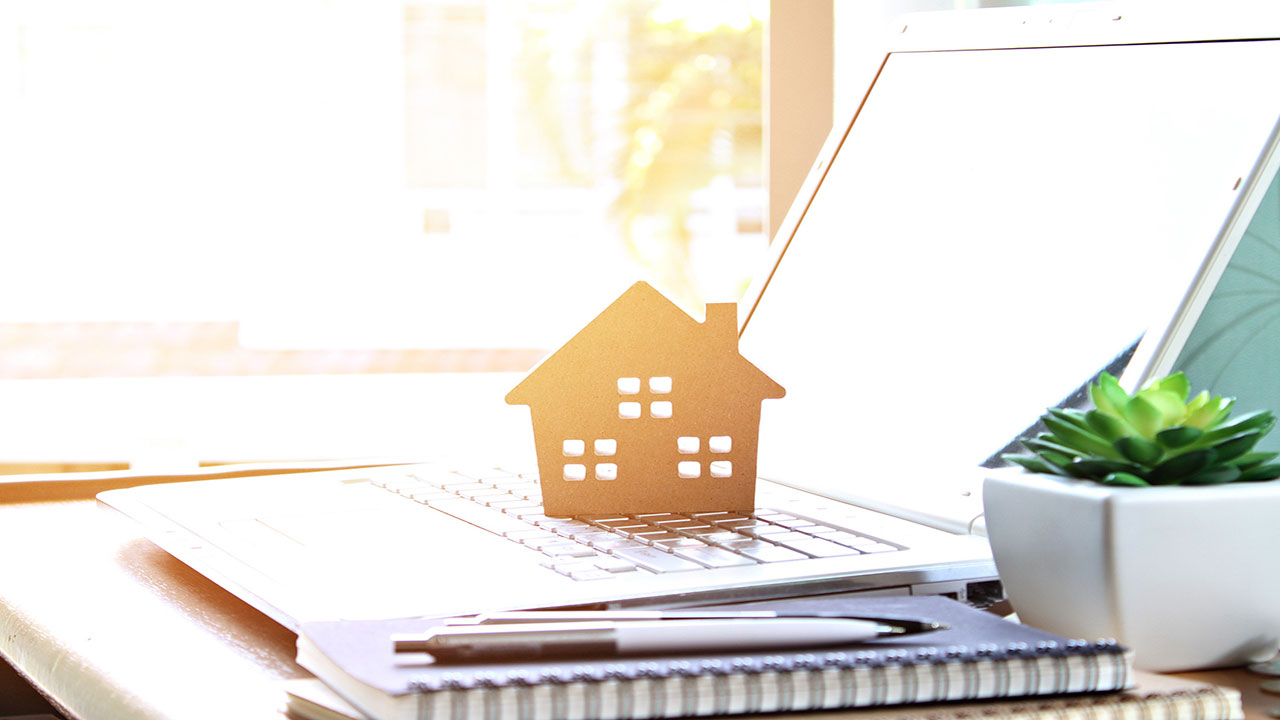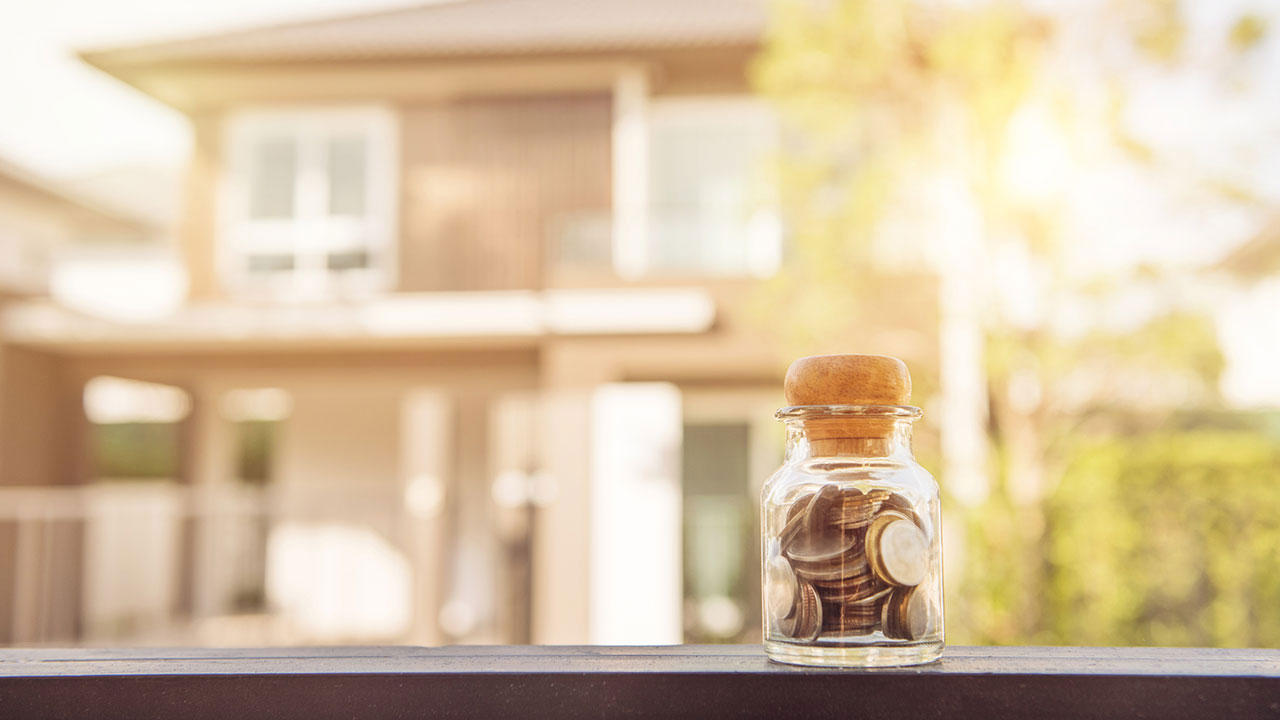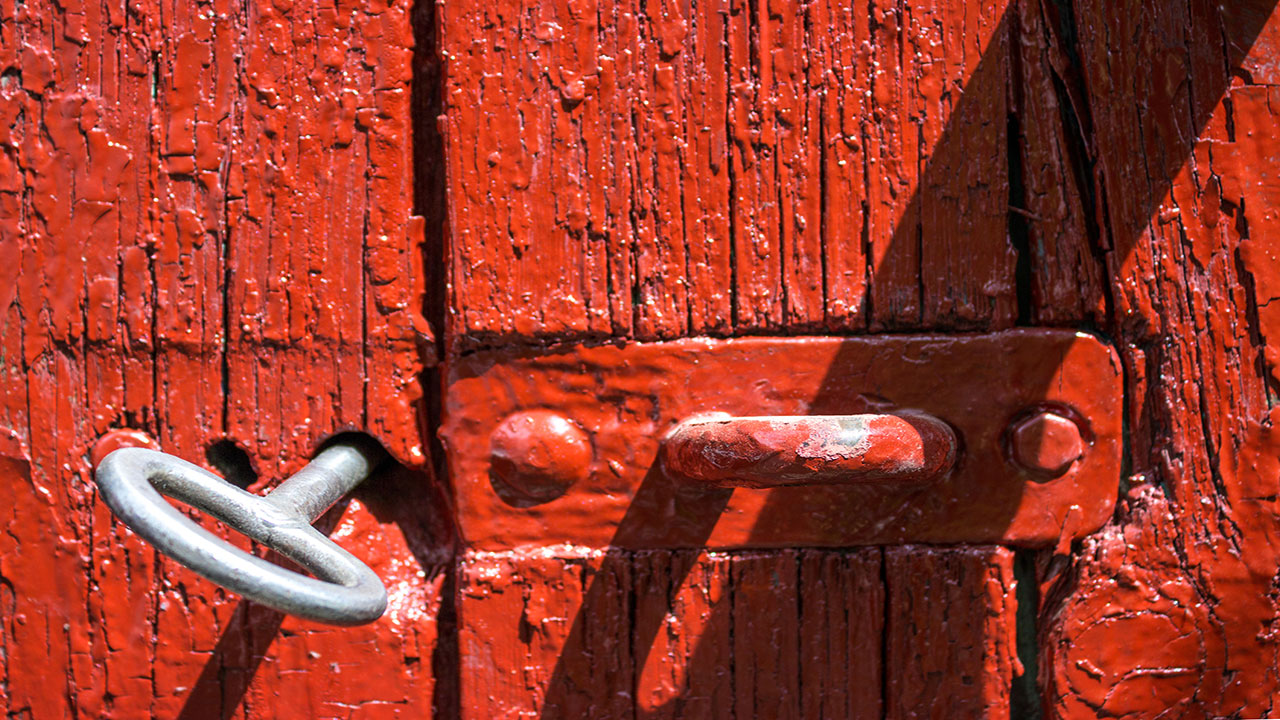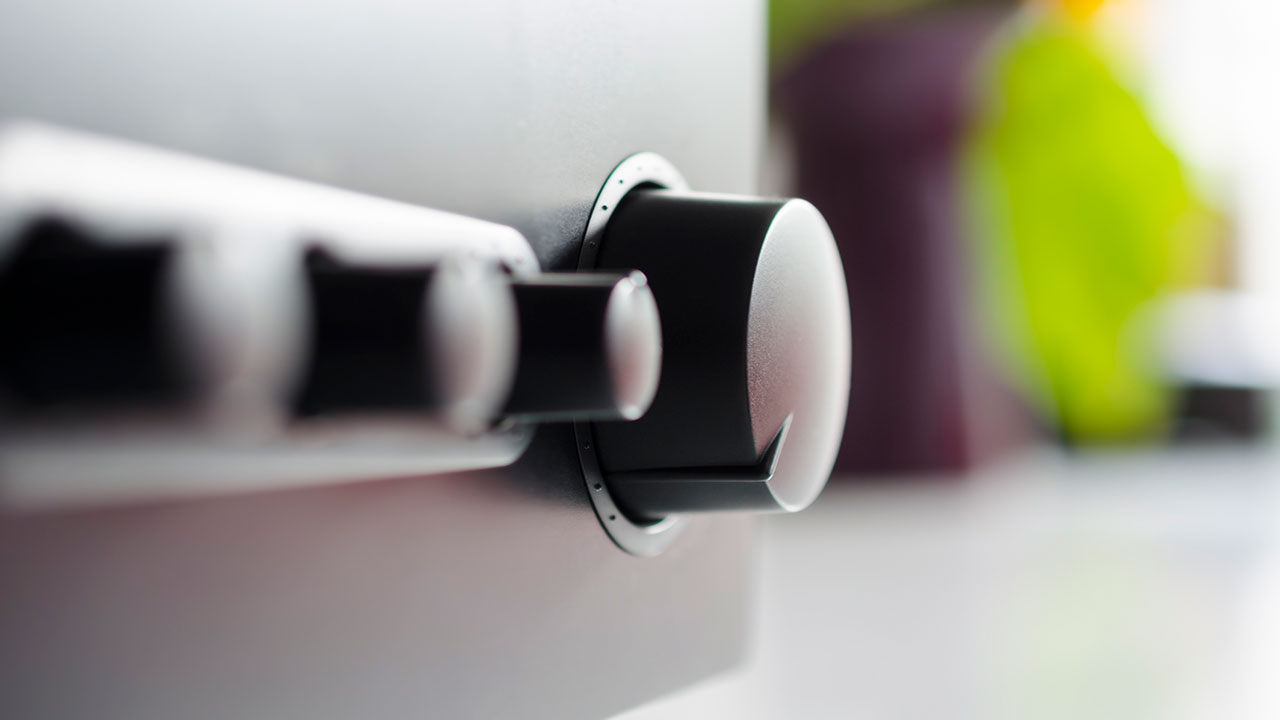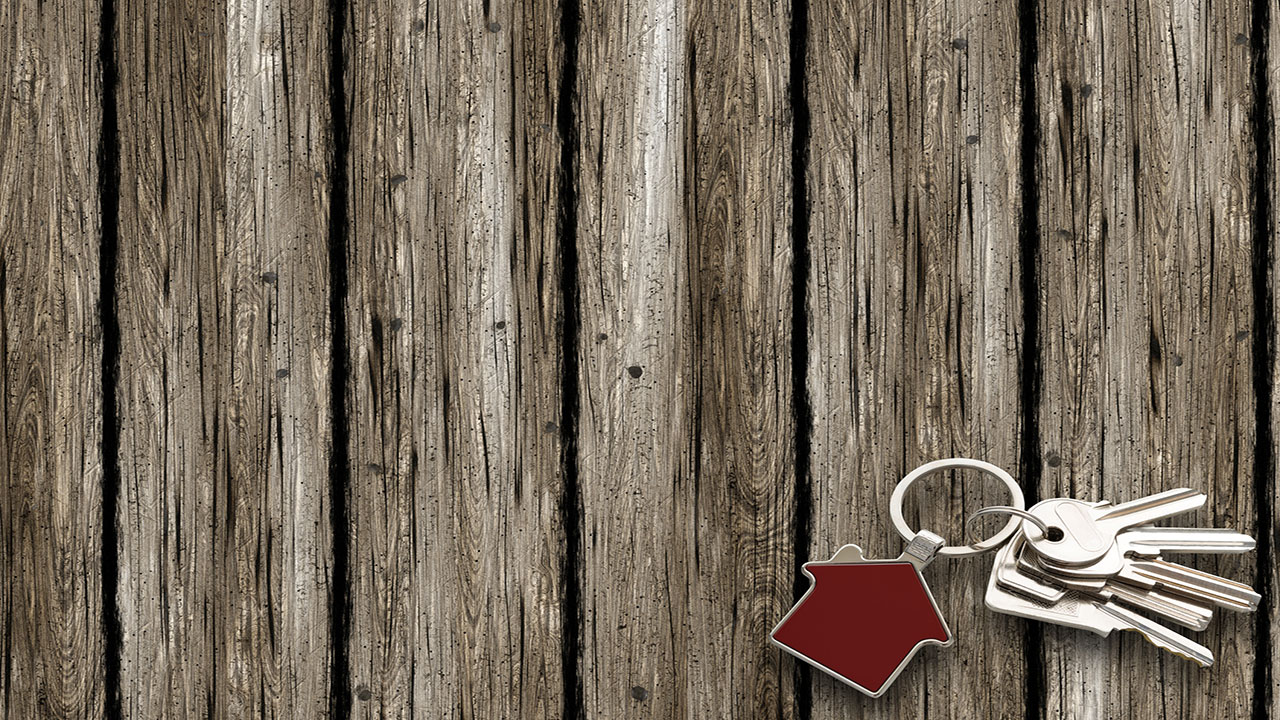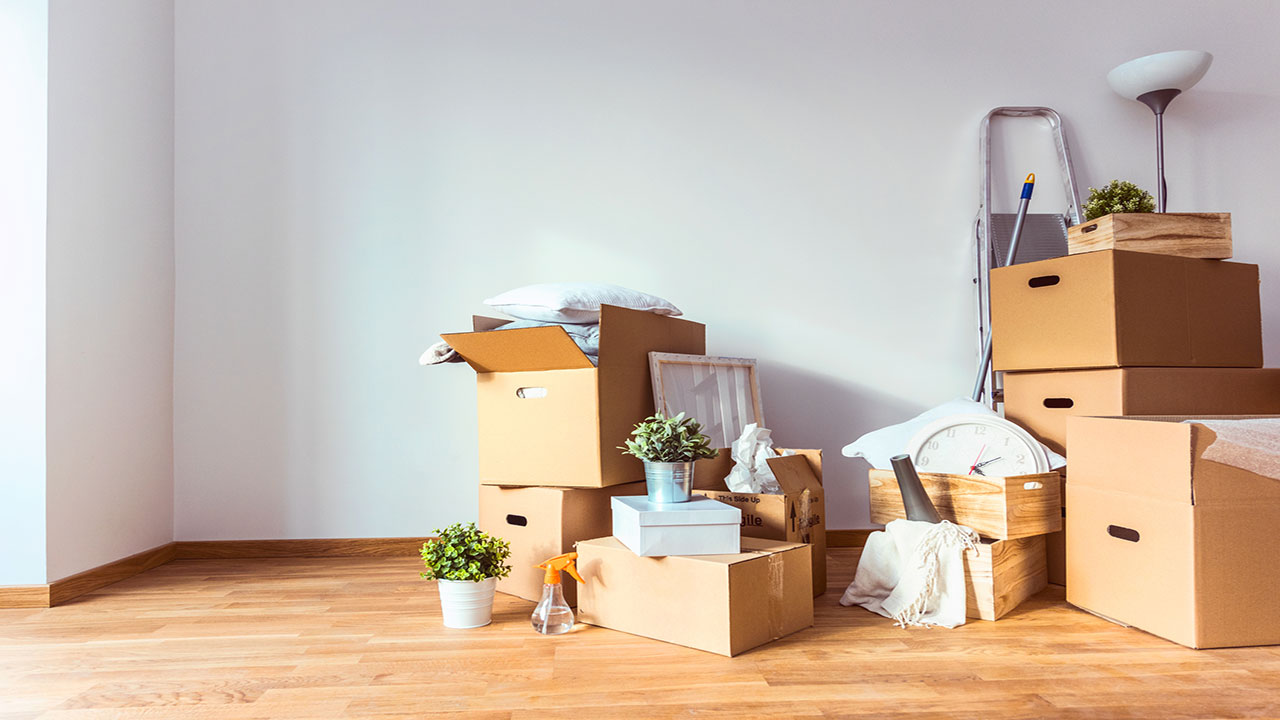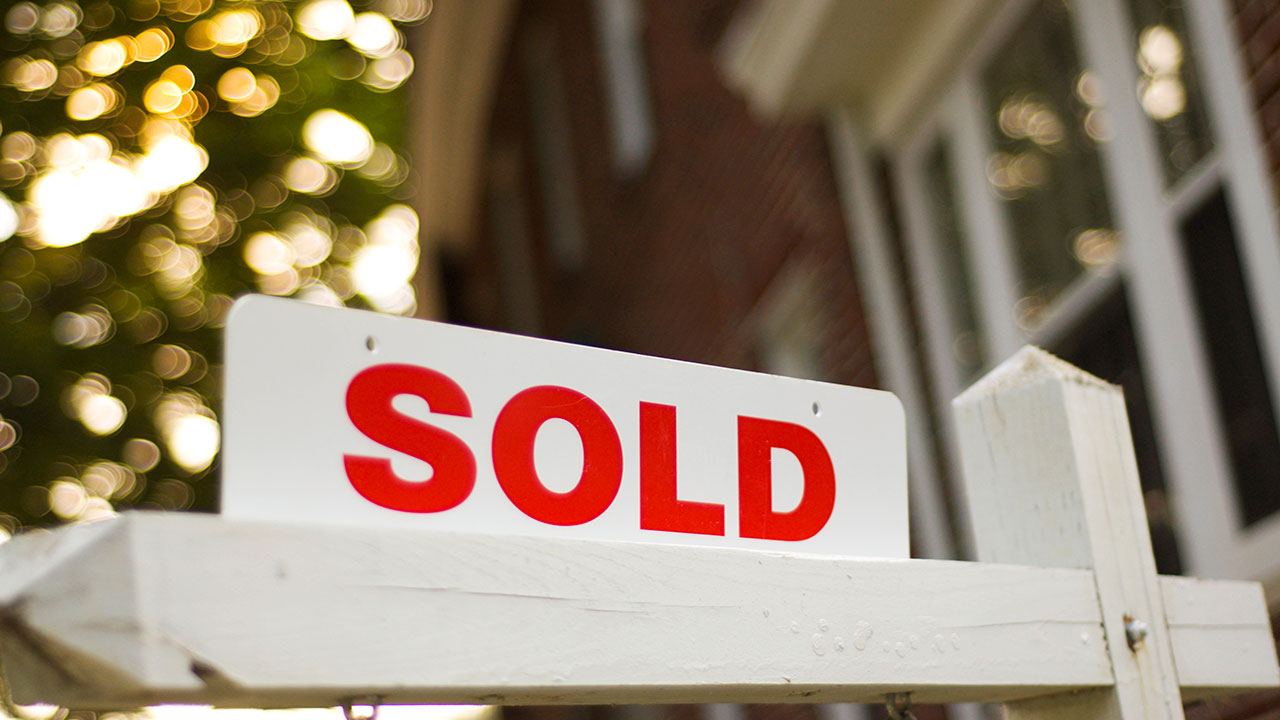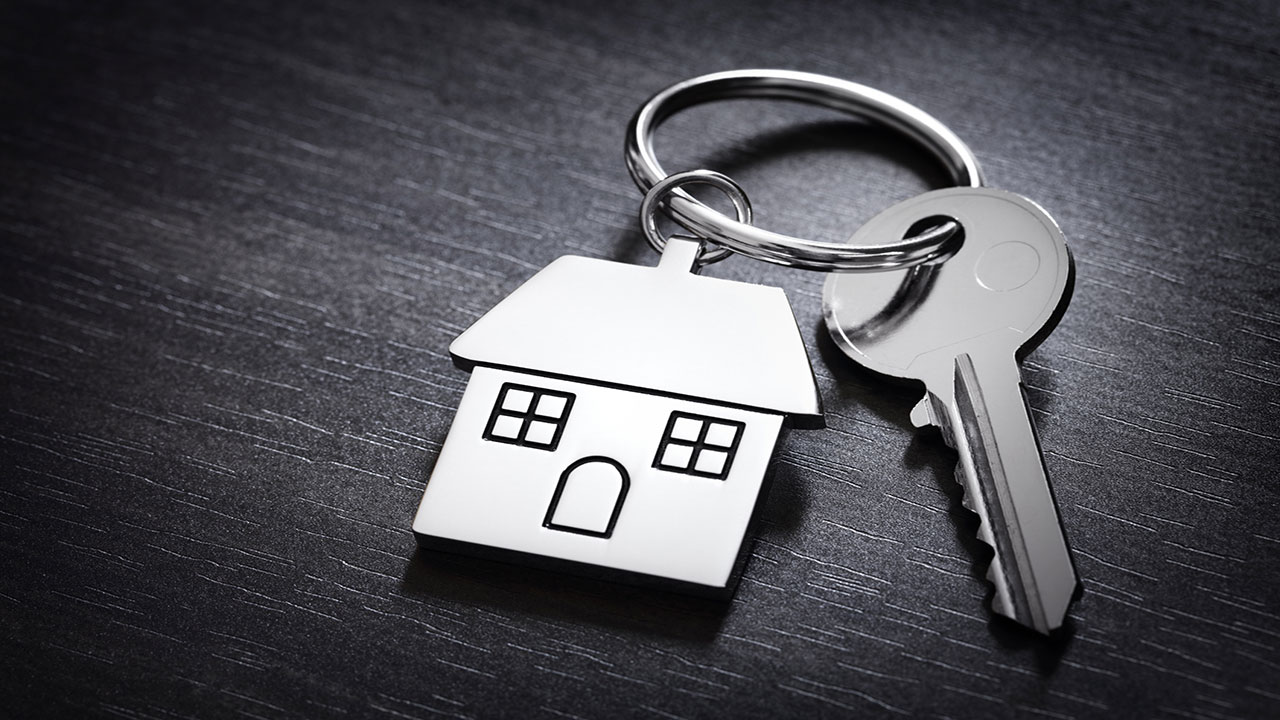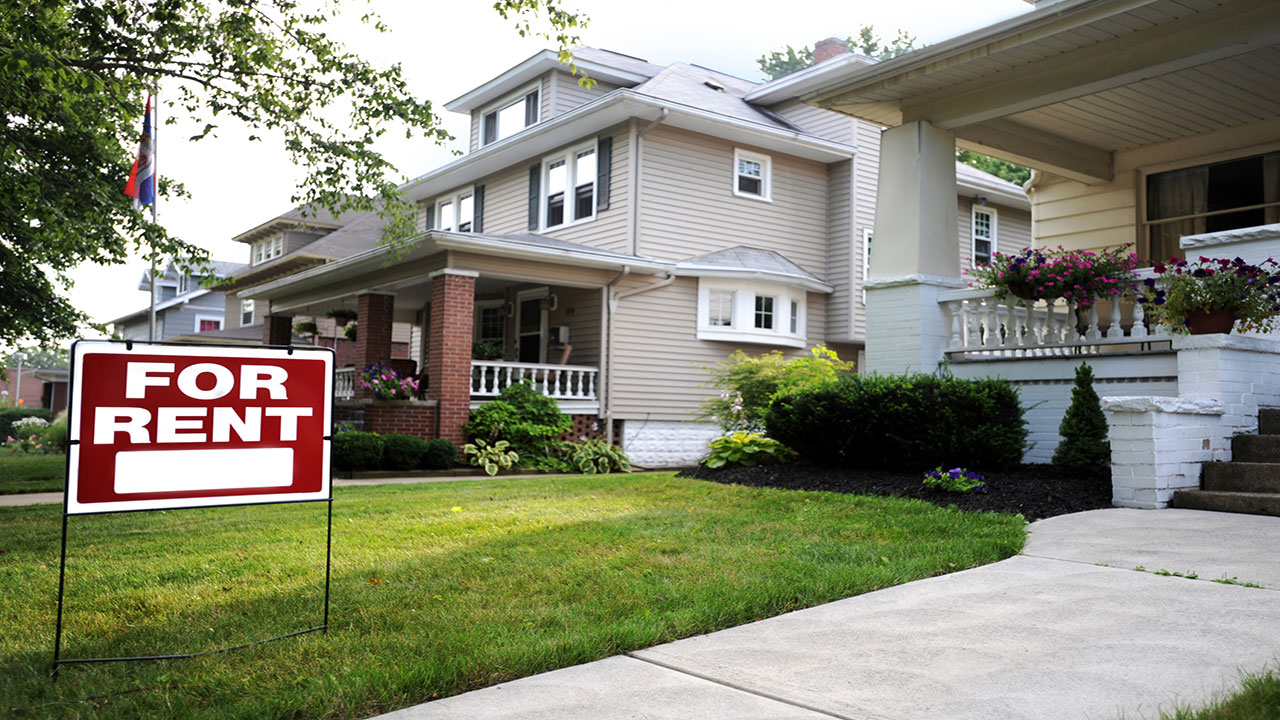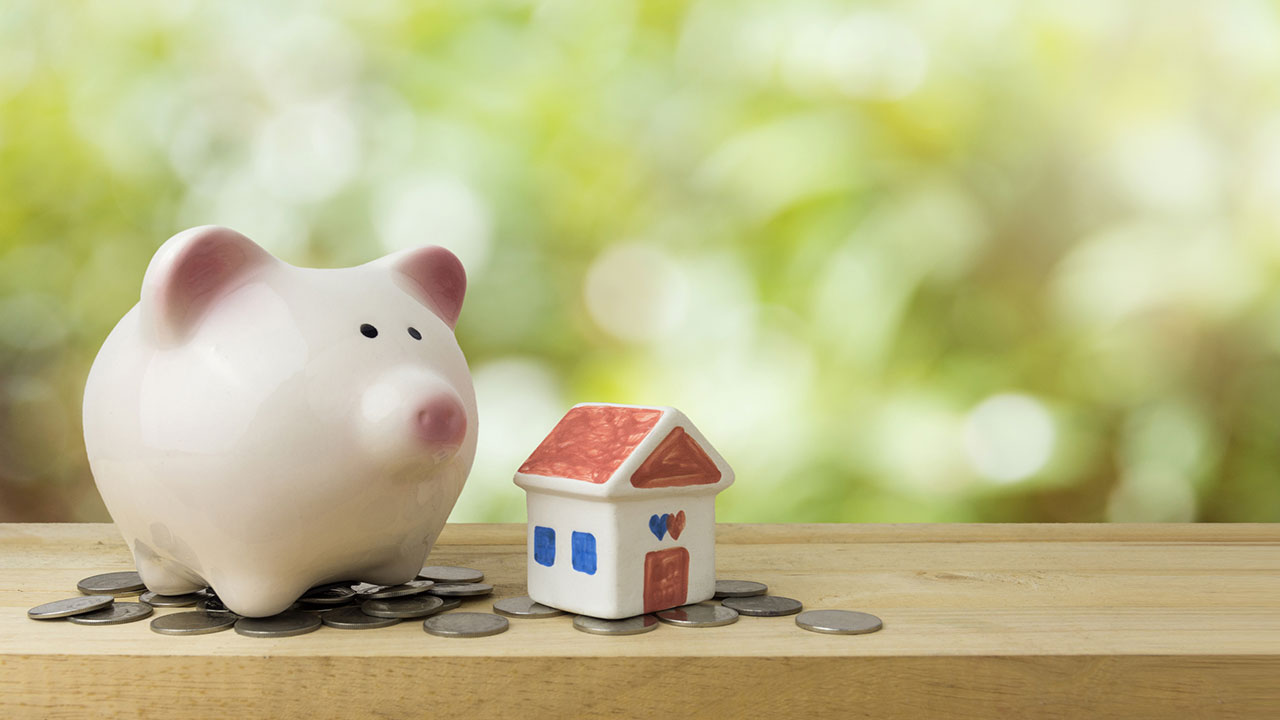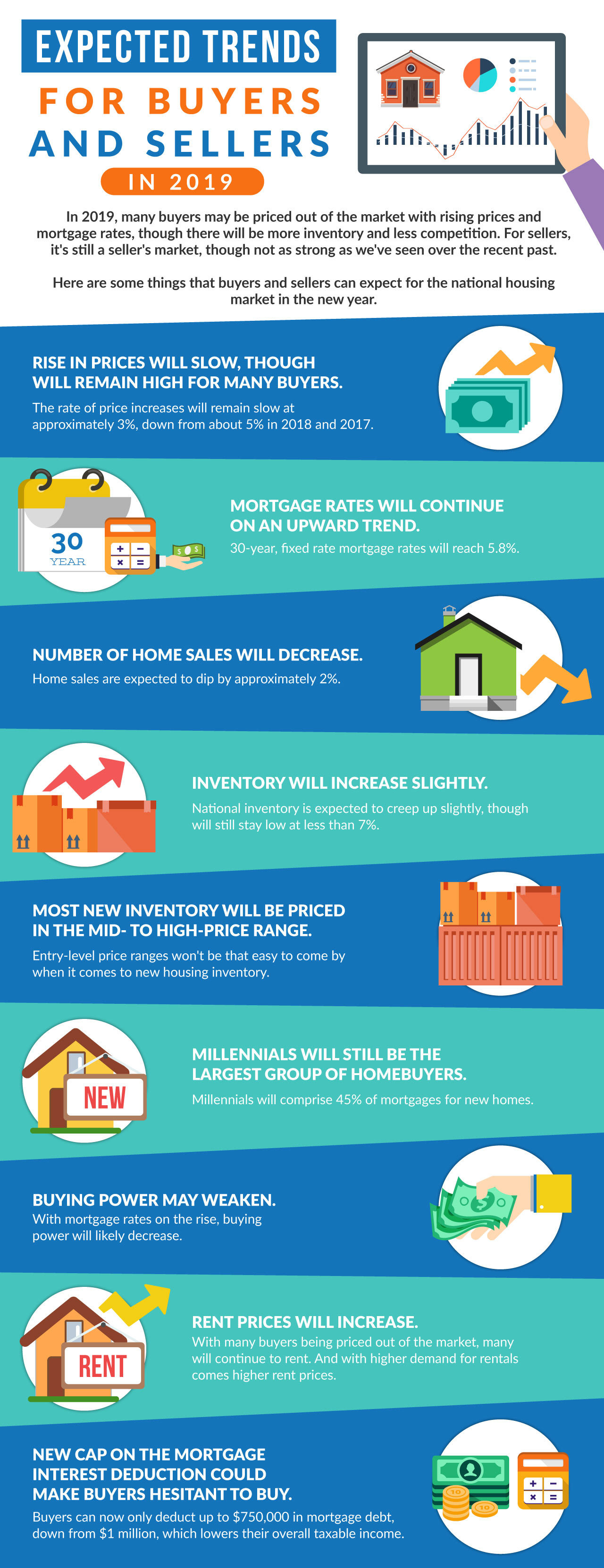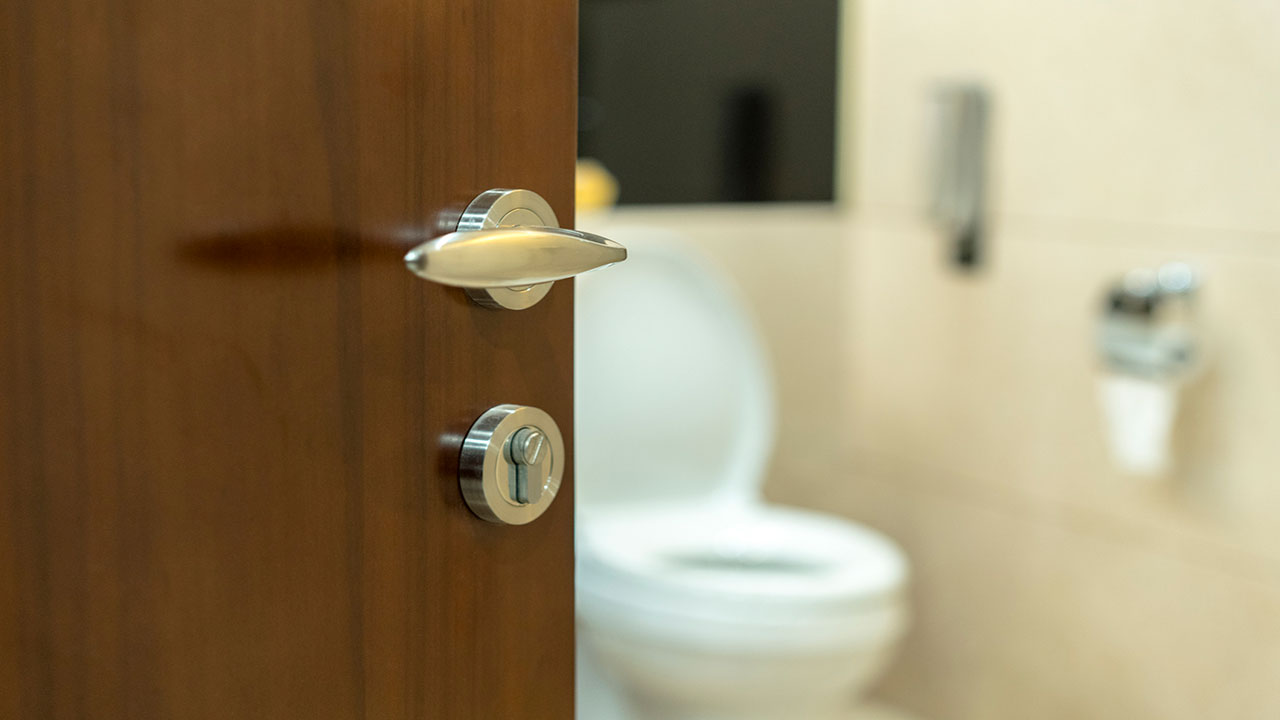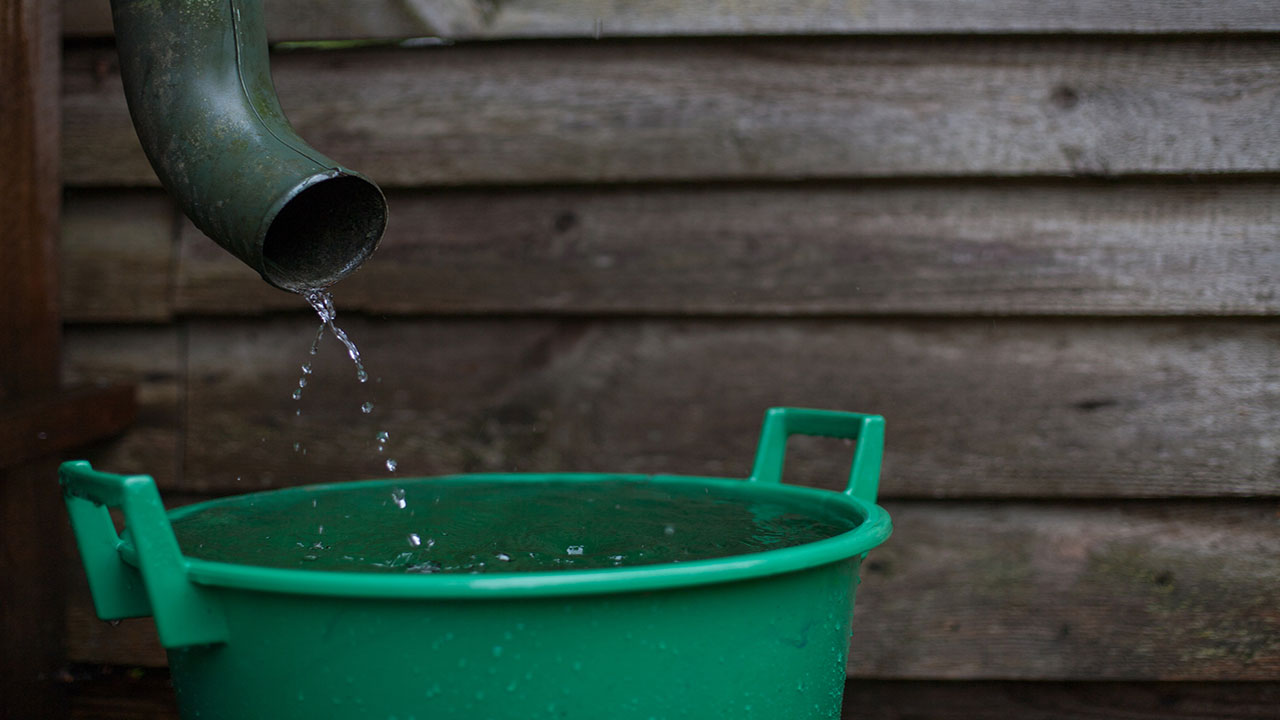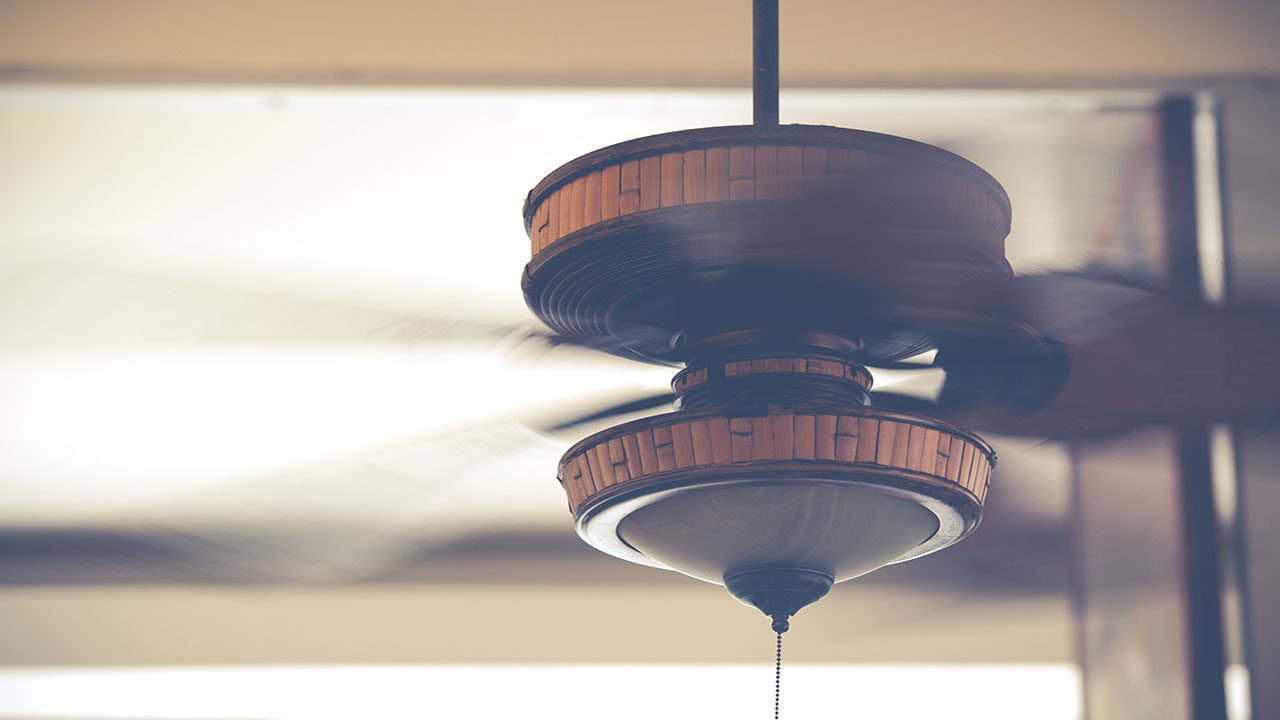Are You Ready to Move? 11 Signs That the Answer is ‘Yes’

Moving is a big deal. Think of all the things that you’ve likely accumulated over the years and have stored all over your home, not to mention the process of selling your home and looking for a new one that will suit your lifestyle – and your budget.
Before you make a move, make sure you’ve thought long and hard about whether it’s time for you to move onto something new. There are plenty of things to consider before making this decision, so make sure to give yourself enough time to contemplate a potential move before you plant a For Sale sign on your front lawn.
Here are some signs that you’re ready to move.
1. You Can Make a Pretty Penny Thanks to the Current Market

If it’s currently a seller’s market where you live and you’ve already seen a few of your neighbors make a huge profit from the sale of their homes, you might want to jump on the bandwagon yourself. If you have your home appraised and find out that it’s worth much more than what you bought it for, you might be tempted to cash in.
If you do decide to take advantage of the seller’s market in your area, keep in mind that you still have to purchase something and will be on the buying end. If you’re moving in another area that happens to be in a buyer’s market or you’re considering downsizing and buying something cheaper, then perhaps now might be a good time to make your move.
2. You’re Having a Tough Time Keeping Up With Your Mortgage Payments
The last thing you want is to end up in default on your mortgage. If that happens, you run the risk of foreclosure. If you’re currently finding that your mortgage payments are just too much for you to handle, consider downsizing to something less expensive so you can take some pressure off your finances.
3. Your Current Home No Longer Suits Your Needs

Maybe you need more square footage or a larger backyard. Or perhaps a single-story home might be easier for you to get around in than your current two-story home. Whatever the case may be, it’s possible that your current home is no longer giving you what you need. If that’s the case, selling your home and buying one that has all the features you need to better suit your lifestyle might be a wise decision.
4. You Got a New Job Opportunity in Another City
A very good reason to sell is if you are offered a new job in a different city. In this case, the commute wouldn’t make much sense. Instead, selling your current home in favor of one closer to your new place of work would be warranted.
5. You’re Close to Retirement

Empty nesters and retirees often sell the homes they spent many years in and raised a family in and buy something smaller, easier to maneuver in, and easier to maintain. The type of house that may have suited you in your younger years might not be suitable as you get older. At his point in life, trading in your current home for another might be a good choice.
6. You Want to Upgrade Your Lifestyle
Maybe you’ve climbed the ladder in your career and are more financially stable these days. In that case, you might have the finances to afford the finer things in life and may want to make some improvements in your home and neighborhood. Moving up is another great reason to sell what you currently have and buy something that better suits your more sophisticated tastes.
7. The Neighborhood is Showing Signs of Decline
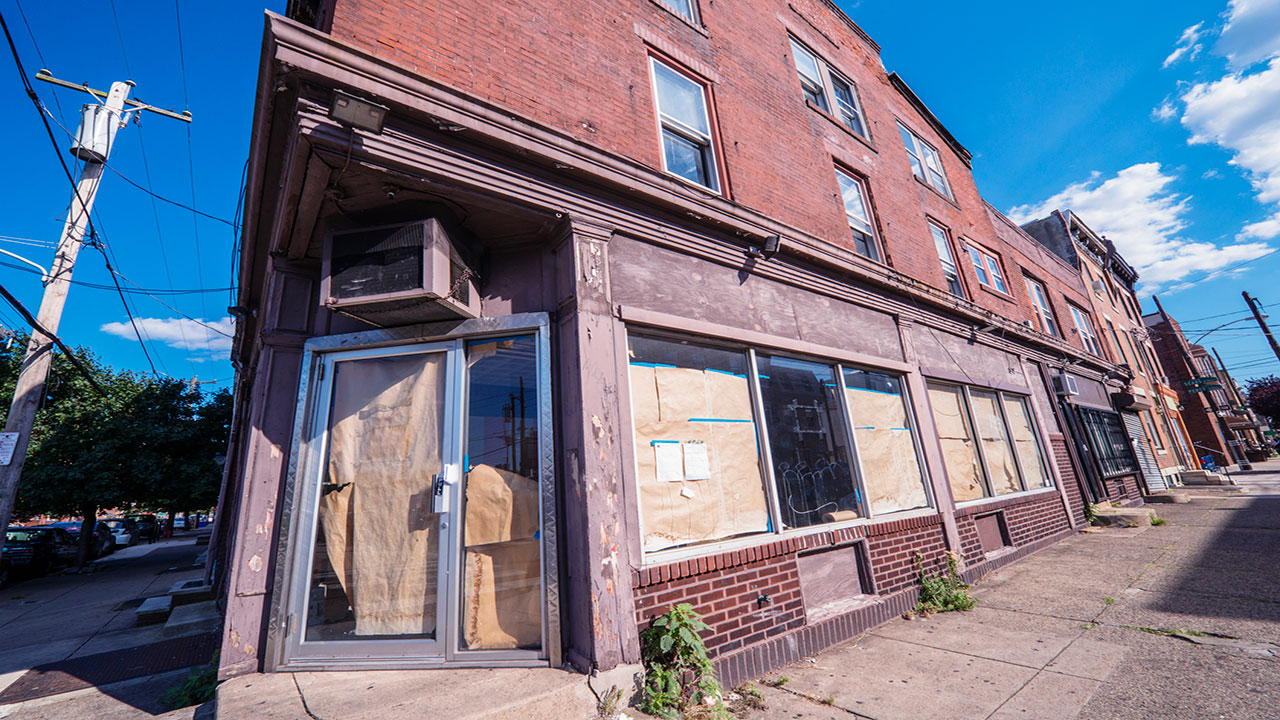
Have you been noticing lots of boarded-up storefronts, poorly-maintained yards on the street, and even unruly behavior from neighbors over the recent past? What about the crime rate? Has it been going up in your area?
Any number of factors can negatively impact a neighborhood, which can then pull down property values. In this case, you might want to get out while you can still get a relatively good deal on your house and trade it in for a home in a neighborhood where property values seem like they’ll be on an upward trend.
8. You Want to Make the Switch to Suburban Living (or Vice Versa)
Both suburban living and city living have their perks, but one might be better for you than the other. If you currently live downtown, you might want to move to the ‘burbs in order to have more space, less noise, and less congestion. On the other hand, you might be living in the suburbs right now but might prefer being closer to amenities and have the ability to walk everywhere you need to go that downtown has to offer.
9. Your Current Commute is Draining You

Is the long drive or train ride into work starting to get to you? If so, making a move to someplace close to work is probably for the best. Even if you end up with less for more money, the trade-off might be worth it to save time and reduce the stress levels associated with long commutes.
10. You’re Considering Buying a Vacation Home and Need to Free up Some Capital
Do you dream of owning a vacation property but are unable to afford a second home while you’re still paying your current mortgage? Would you be able to afford having two homes if you trade in your current property for something more affordable? If so, the money freed up from the sale can be applied to a vacation home to be enjoyed year-round.
11. You Want to Send Your Kids to a Better School

If you have school-aged kids, you’ll likely want to send them to the best school possible. But maybe the choices in your neighborhood aren’t the greatest. Moving into prestigious school districts is a common reason why people move, and it might make sense for you too. If you’re looking to get your kids into a decent school, selling your home and buying one nearby the school of your choice might be something to seriously consider.
The Bottom Line
There are plenty of signs that might pop up that are telling you that it’s time to move. If any of these signs apply to your situation, get in touch with a seasoned real estate agent who can help you determine if a move is right for you. And if it is, they’ll also be able to help you find something up your alley.


